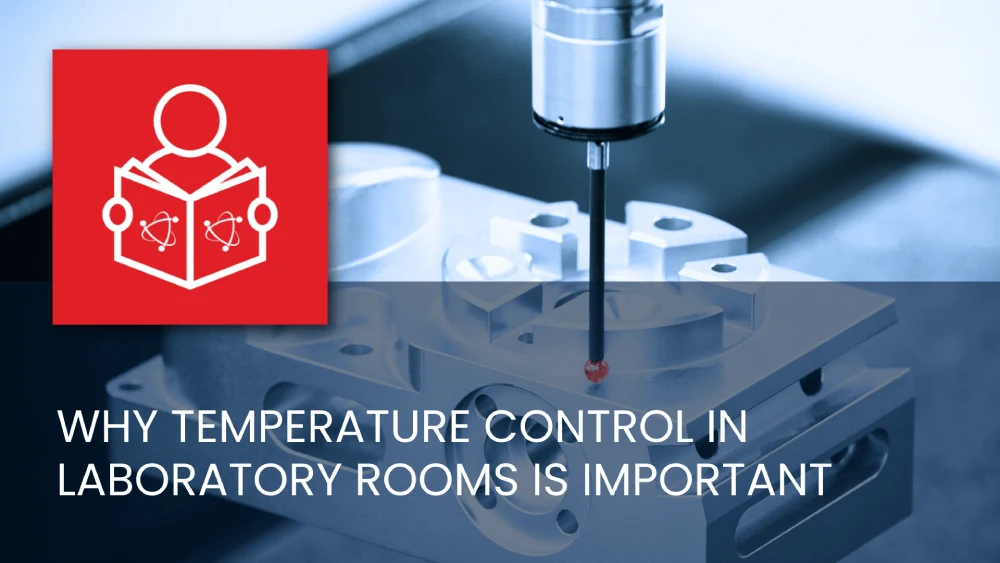In the world of a metrology lab, temperature control plays a significant role that determines measurement accuracy and production output.
According to the standard set by the International Standard Organisation, ISO 1, the constant close control on temperature is a fundamental parameter. This is fixed at 20°C for metrology geometrical specifications (GSS).

Why such a specific temperature requirement?
The main reason why the optimum room temperature is set specifically at 20°C is because otherwise the measurement of parts could be affected due to thermal expansion and contraction. This especially applies to parts made of metal: a material on which most metrological work is based.
A good part is not perfect, but to get measurement results as accurate as possible, the parts need to fit the requirements of a feature as correctly as is possible.
Therefore, if measurements are done under different temperatures, this may lead to apply an offset in the final deviation results and increase the level of measurement uncertainty that could negatively affect overall production output.
Do humidity levels matter in metrology labs?
When working with metal parts, humidity does not matter as much as it has little effect on these parts in expanding or contracting, thereby keeping measurements mostly unaffected.
However, having said that, it would be suitable to keep the relative humidity level in a metrology lab room at below 50% so that the levels of applying an offset are kept to the minimum to ensure reliable, repeatable and reproducible metrological measurements.
What if there is temperature variation due to climatic or other external factors?
If unavoidable, uncontrollable temperature variations arise, then an estimate has to be made and specific ratios need to be applied to ensure correct measurements are gauged.
Machine positioning is also very important as its surrounding locational factors, such as climate, temperature and humidity, could affect measurement results significantly.
By leveraging a suitable 3D metrology software application, the specific temperature required for a specific part to be measured can be attained.
How can a 3D metrology software application help with temperature control requirements in metrology labs?
A good 3D metrology software application can automatically take the temperature of a metrology laboratory room, or even a part, via a sensor and transmit the data to the computer.
Operators need only access the temperature settings available in a program for the requisite data to be entered either automatically or manually, depending on the measuring device deployed.
The right or ideal 3D metrology software should have the following features within its temperature gauge settings:
- Reference temperature: the standard temperature set on which all other measurements must be calculated against. In most cases, this is according to the ISO 1 standard, i.e., 20°C.
- Workpiece temperature: the temperature of the part – i.e., the workpiece – being measured.
- Temperature tolerance: the tolerance interval for the reference temperature.
- Probe temperature: the temperature of the measuring probe or device.
- Expansion/Shrinking Coefficient percentage: this includes the percentages for X, Y and Z axes. This coefficient can also be derived by calculation of the alignment by its best fit or by using a mathematical expression.
- Expression alignment: the positioning of a part.
- Error messages: if the temperature is outside of the tolerance, then an error message will be displayed to notify users.
The ideal 3D metrology software will have enough guidance notes to help users ensure the most accurate measurement data is attained.
It is very important to not only gauge the locational temperature of the part, whether this is being measured in a controlled metrology laboratory room or on-site (e.g., large scale parts for ships, aeroplanes, trains that are measured on-site due to logistical reasons), but to also ensure that the temperatures of the measuring device being used meets the reference temperature standard.